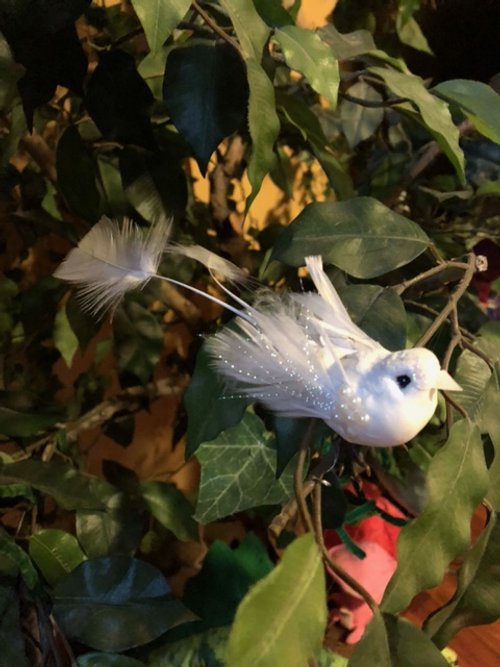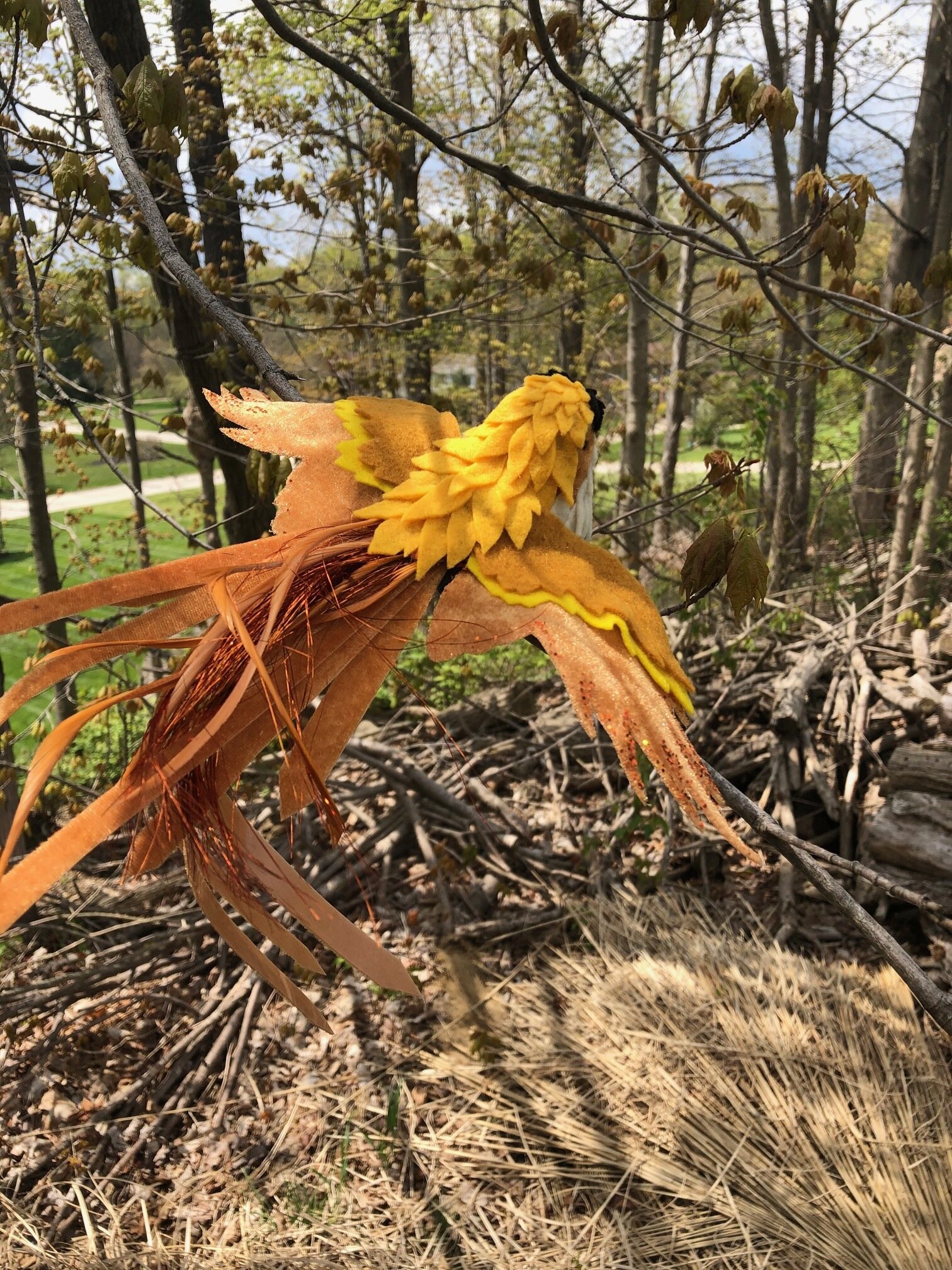Xiuhcoatl
Michael MacWolff
Cryptologic Name: Fterophidia xiuhcoatl
Planar Origin: Ilhuicatl-Teotlatlauhco
Habitat: Tropical climate, primarily jungle habitat
Diet: Carnivorous
Appearance & Morphology
Xiuhcoatls are one of many creatures in the Ophidiaves family, which display features of both snakes and birds. These particular creatures have long, serpentine bodies covered in small, colorful feathers and plain snake scales along their bellies. A bright ruff of larger feathers extends from the base of the creature’s neck, and can be raised like a frill when the xiuhcoatl is displaying. They also have a spiked, colorful ridge on their snout which matches in height the length of its head. From the tip of the tail protrudes a bony structure resembling a club which comes to a sharp point. The xiuhcoatl hatches at a length of 50-70cm and can reach lengths of up to 10m in length when fully grown, though it takes decades for these creatures to reach such a size.
Magical Abilities and Behavior
Like many nonmagical snakes, the xiuhcoatl is an ambush predator, meaning it usually waits until prey wanders within strike range before seizing it in its coils. Their large shout ridge can shift in color and even produce flashes of light, which they use in a similar fashion to anglerfish, creating dazzling displays to entice prey to into their waiting jaws. This display has an explicitly magical mesmerizing effect, so it is important to take proper precautions when observing these creatures. Study has shown that the magic only takes effect when the observer can perceive both the colors and pattern of the flashing lights, so people who are colorblind have a natural immunity to their effects, as well as other creatures who perceive light differently. As a full grown adult, xiuhcoatls will often prey upon smaller species of dragons, as their mesmeric display seems to be particularly effective on draconic creatures. In addition, their body feathers having a natural flame-retardant quality which protects them from the dragon’s fiery breath.
Aside from their use in luring prey, xiuhcoatls will also use these colorful displays to attract mates and to defend territory. The mating display involves an intricate interplay between males and females, while the defensive display is similar and is always accompanied by a raising of the feathered frill on the creature’s neck. Territorial disputes can often lead to fierce fights between these creatures; the xiuhcoatl will use its bony tail club to lash out, often attempting to damage the nose ridge of the adversary and disrupt its ability to properly execute its mesmerizing display. Individuals who take extensive damage to their snouts have a much harder time capturing prey than their intact counterparts.
Field Notes
While I don’t wish to downplay the danger these creatures pose to humans, I do find the young of these creatures to be quite charming and mostly harmless so long as they’re under about 2m in length. It takes time for the creatures to master their mesmerizing patterns, and while they do have sharp teeth and reasonably strong jaws, these are not venomous creatures.













